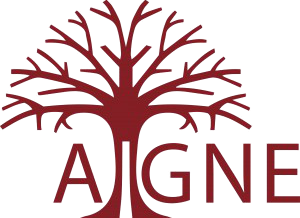Gateways and ghost estates: Signifying Irish national identity after the Celtic Tiger era
DOI:
https://doi.org/10.33178/aigne.vol1.2Abstract
Ireland has seen unprecedented growth in the last decade, resulting in an array of new architecture. Architecture has been reviewed throughout history as one of the best methods of understanding the society that produced it. How have recent construction projects in Ireland reflected our society and sense of national identity? This paper attempts to clarify the role of urban iconography in communication, and to look at how contemporary Ireland might be interpreted through our most recent examples. Taking ghost estates and ‘landmark developments’ as key features of Ireland’s architectural legacy, I hope to examine how closely these built forms represent Irish society after the Celtic Tiger era.Downloads
Published
2018-11-23
Issue
Section
Articles
License
For our full Copyright Notice see our Author Guidelines.
How to Cite
O’Sullivan, N. (2018). Gateways and ghost estates: Signifying Irish national identity after the Celtic Tiger era. Aigne Journal, 1. https://doi.org/10.33178/aigne.vol1.2


